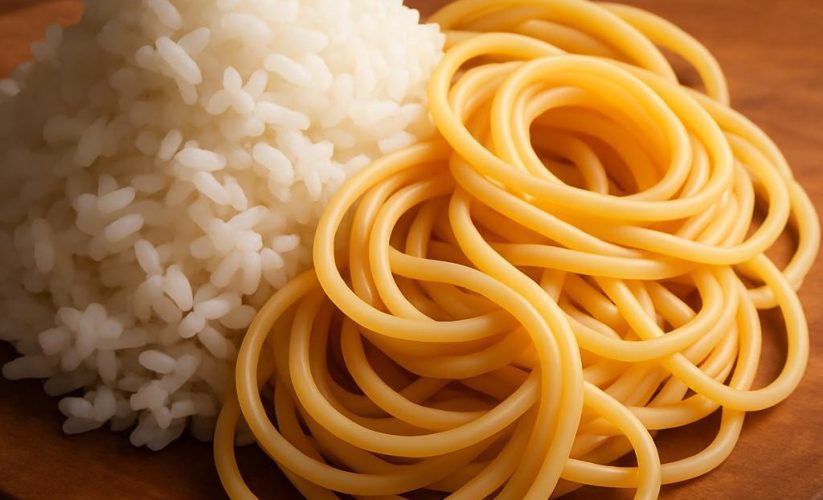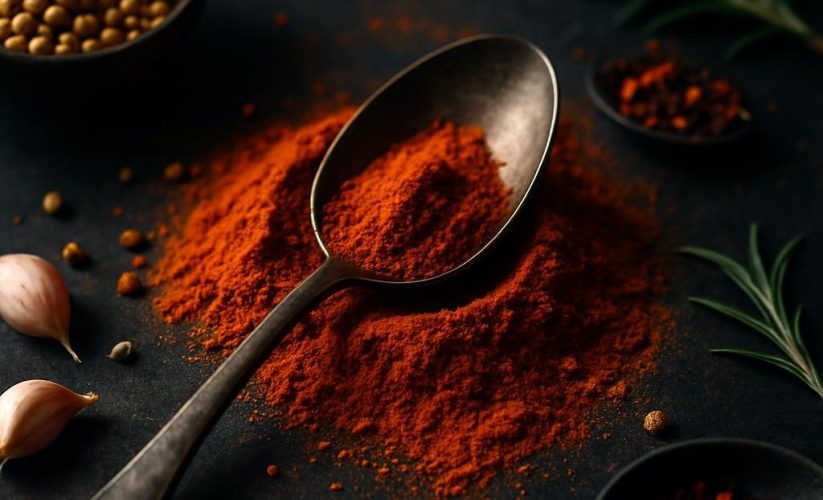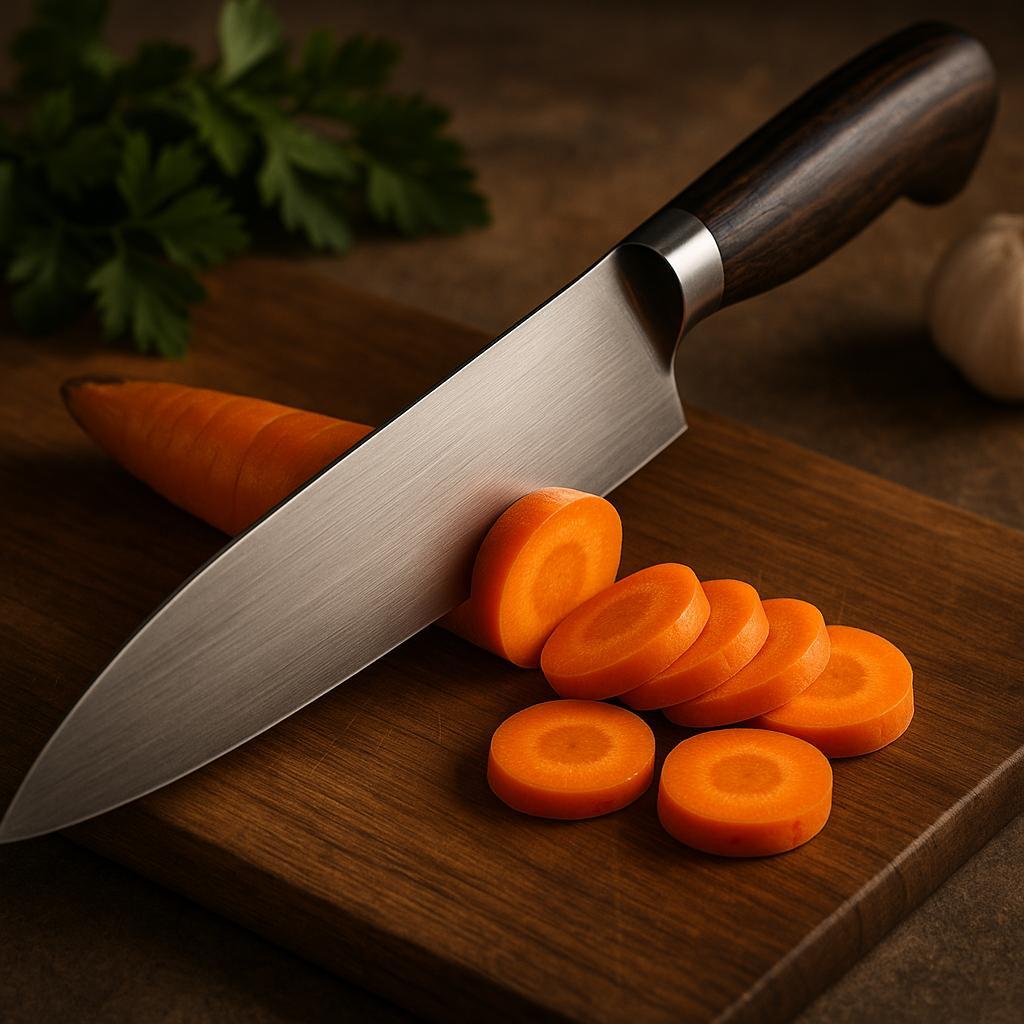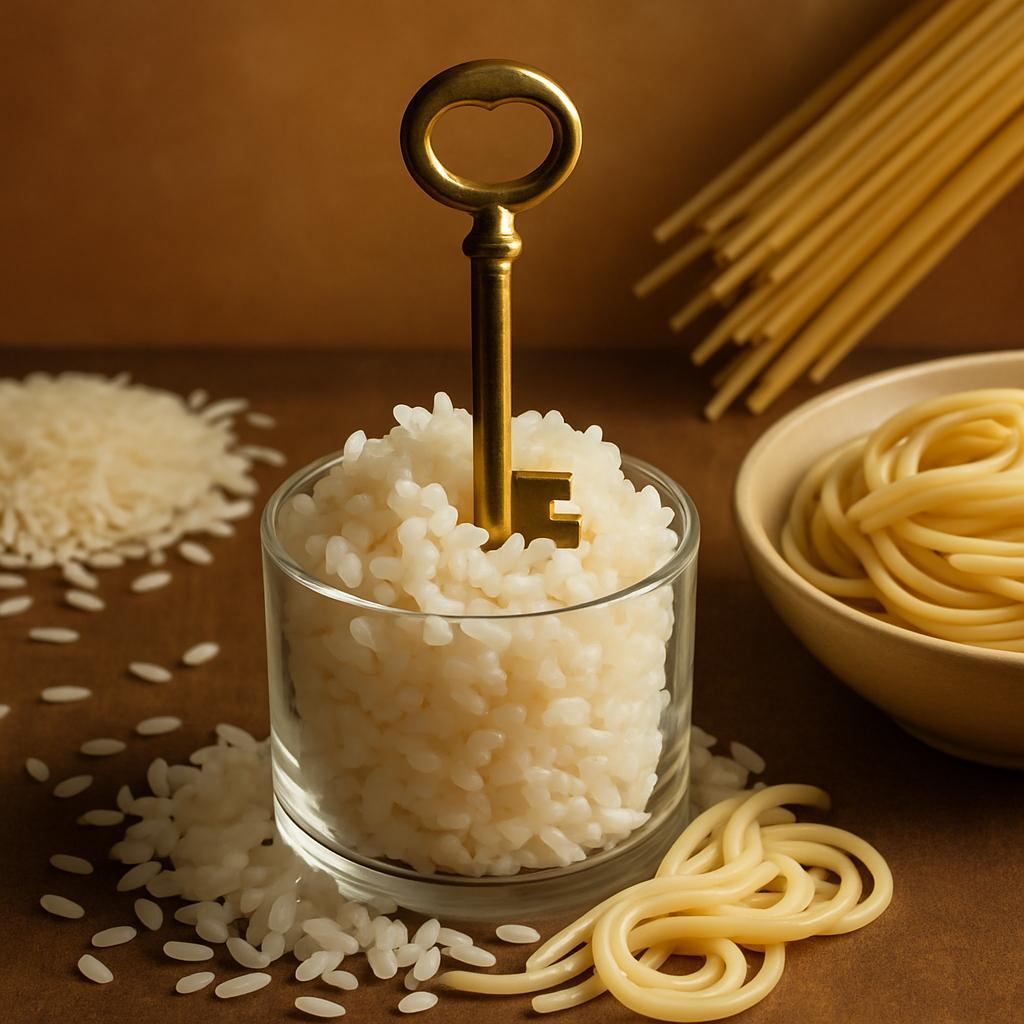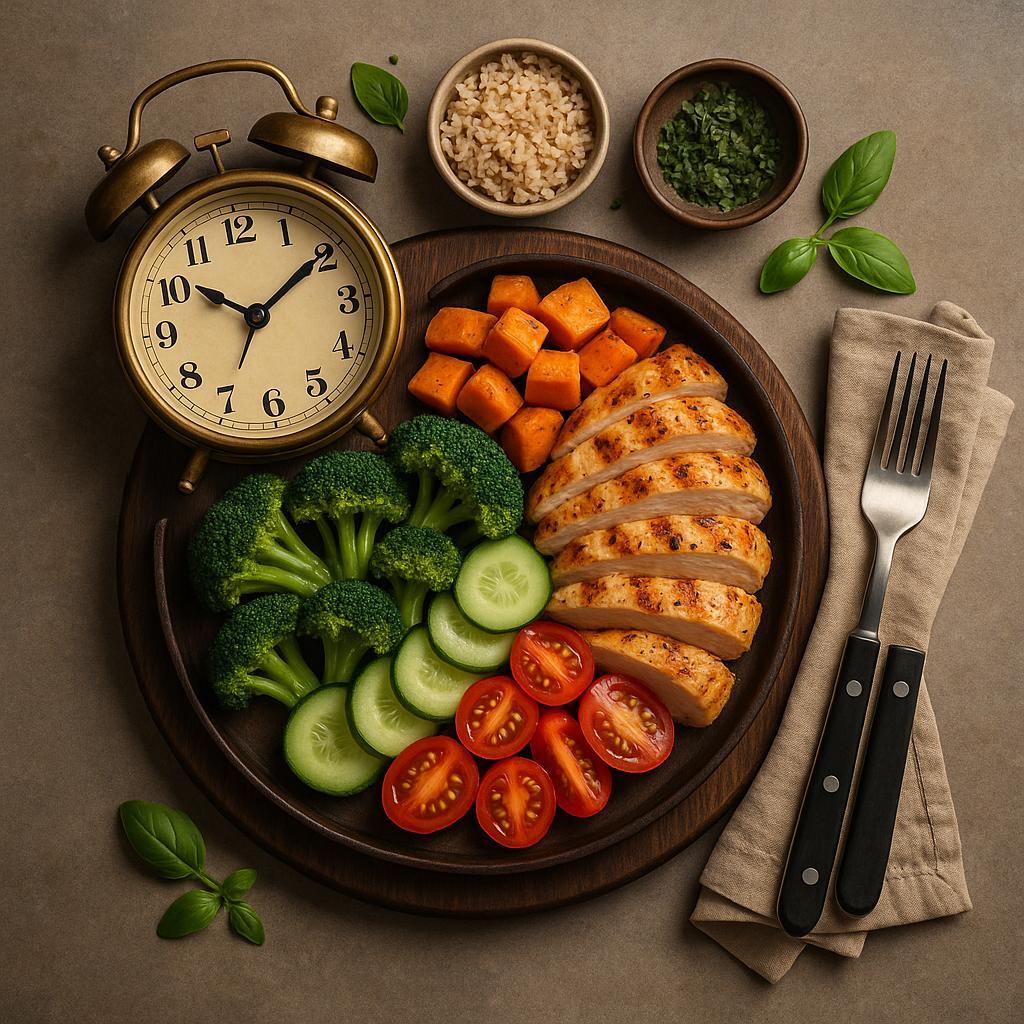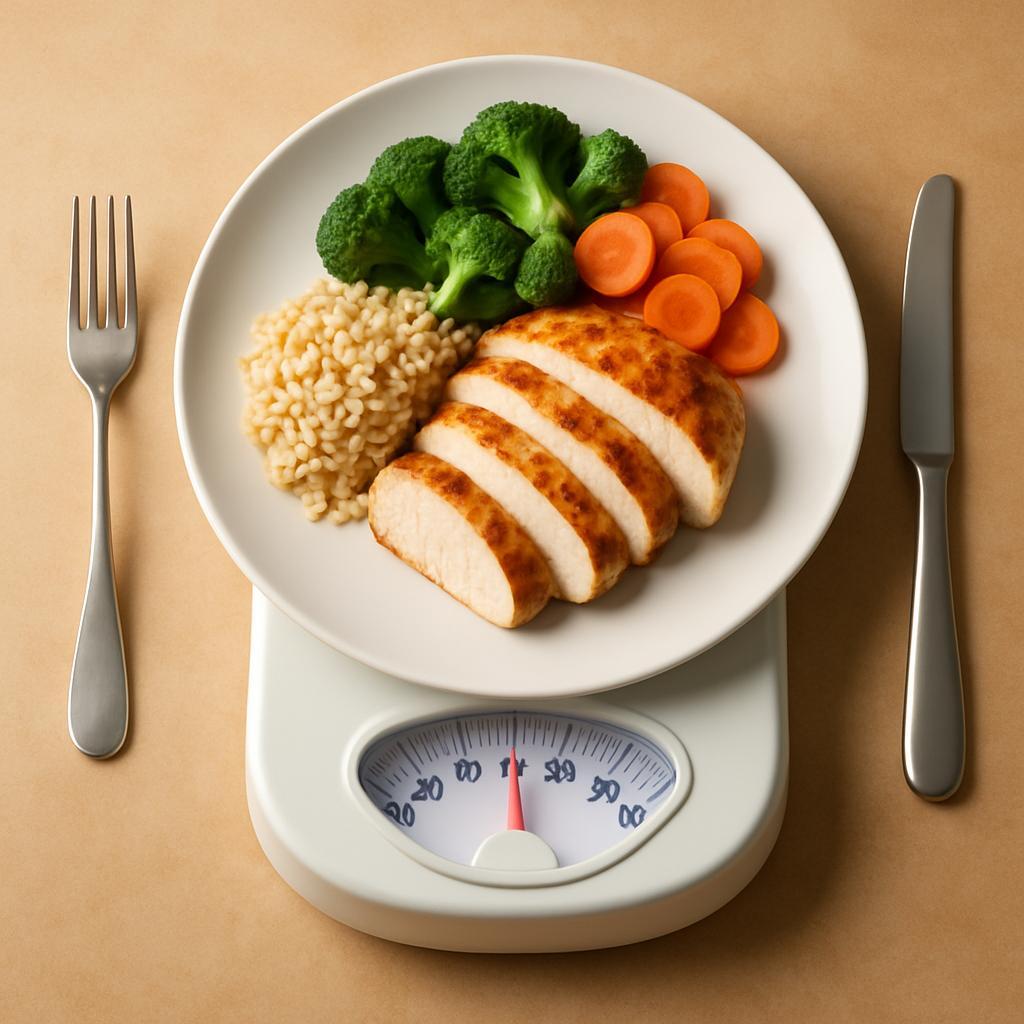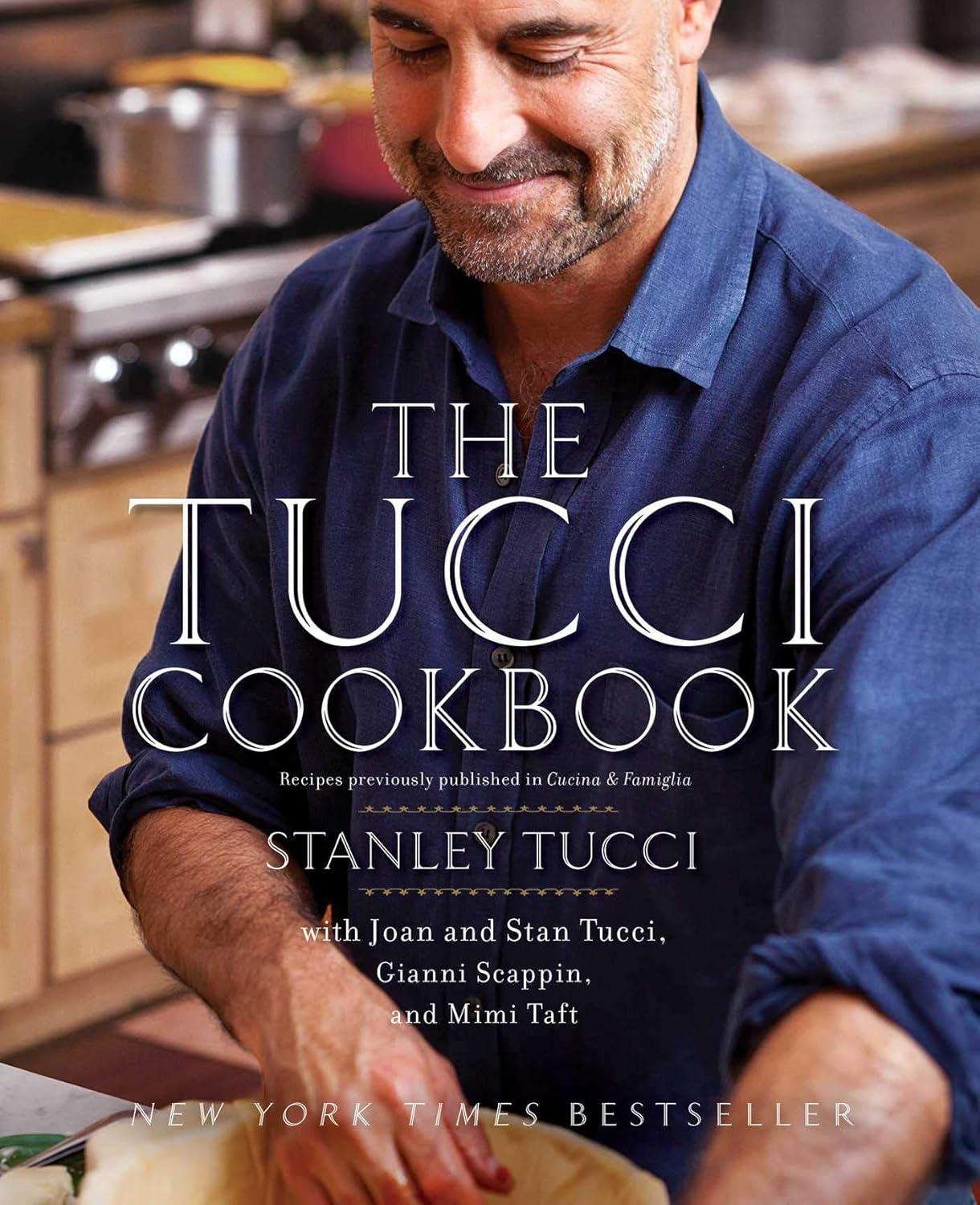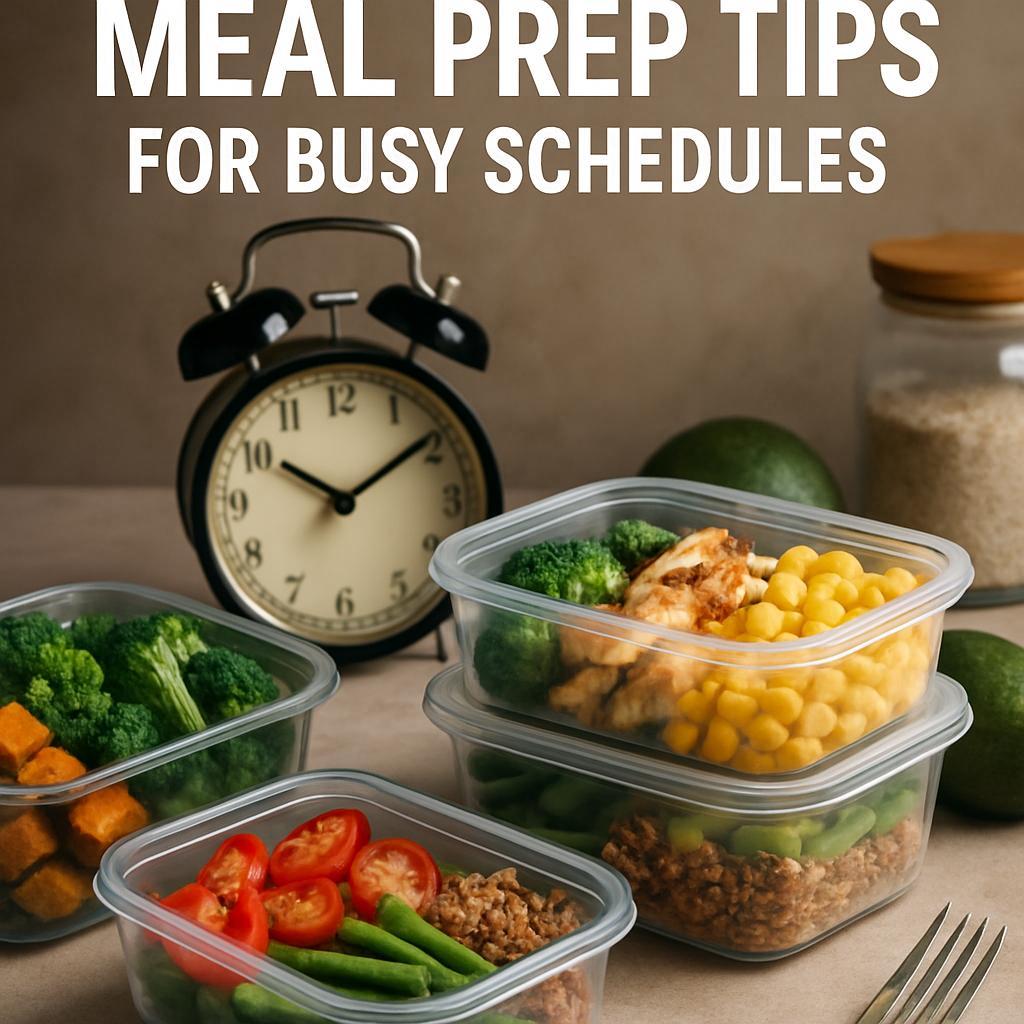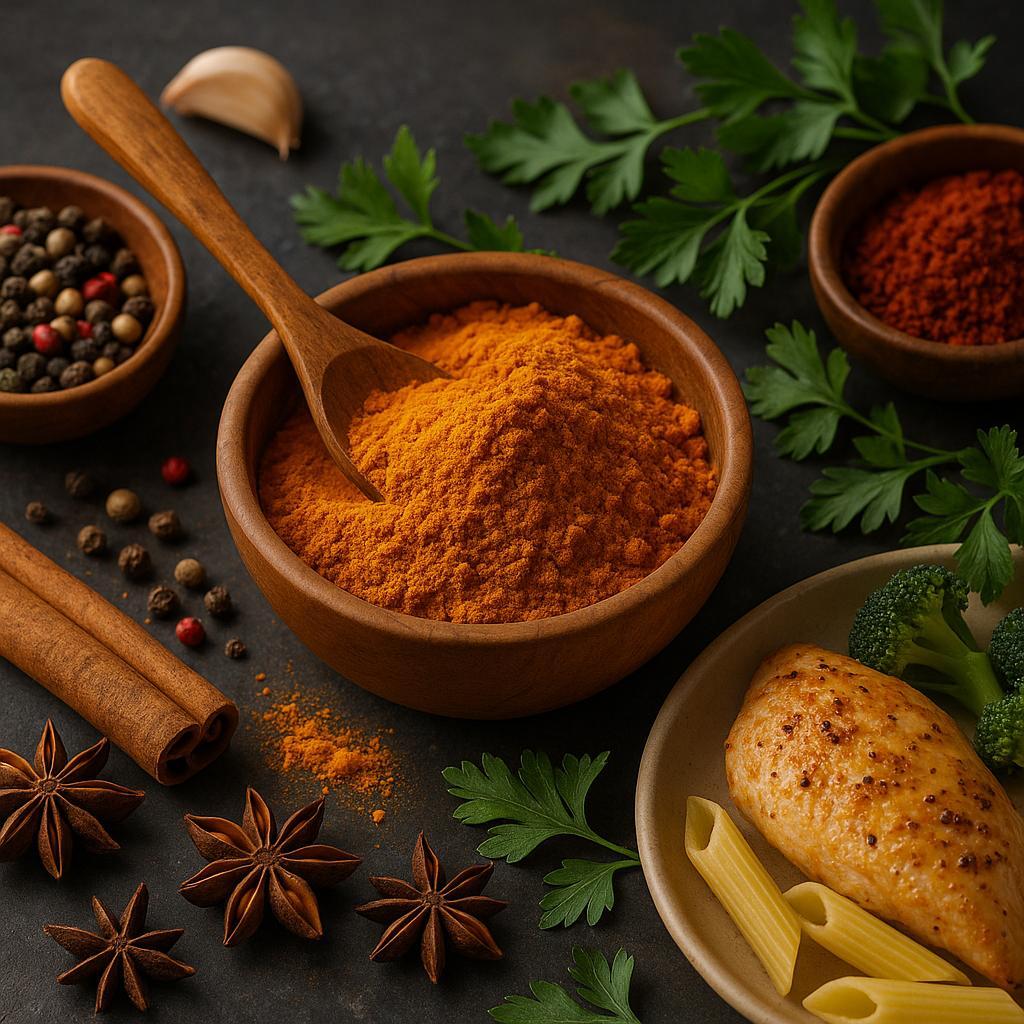Effortless Leftover Makeovers for Zero Food Waste
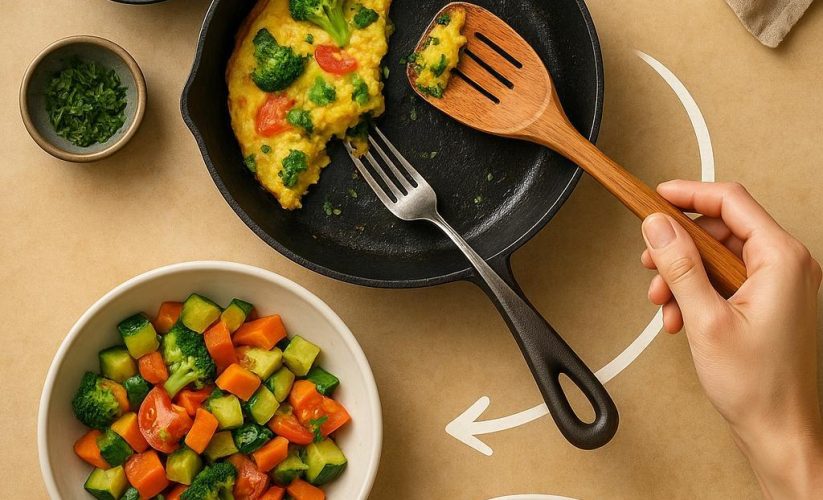
What if the best meal of the week is hiding in last night’s leftovers?
Every year, home kitchens send good food-and the money and energy behind it-straight to the bin. A zero-waste approach doesn’t ask you to eat the same plate twice; it invites you to see leftovers as ready-made building blocks. Effortless Leftover Makeovers for Zero Food Waste shows how to transform what you already have into dishes you actually want to eat, while cutting grocery costs, cooking time, and environmental impact. Expect simple flavor boosts, smart texture resets, and flexible formulas that fit whatever’s in your fridge. Open the container, and let’s cook forward.
Table of Contents
- Fridge cleanout recipes that feel fresh and new
- Leftover rice transformations for comforting bowls
- Sauce and spice upgrades that revive tired dishes
- Smart storage and reheating to keep flavors bright and cut waste
- Q&A
- The Conclusion
Fridge cleanout recipes that feel fresh and new
Use a simple remix template to turn odds and ends into dishes that taste intentional: Base (cooked grains, noodles, beans, or roasted veg) + Sauce (something bright, creamy, or punchy) + Heat (pan, oven, or broiler to re-crisp) + Crunch (toasted breadcrumbs, nuts, or quick pickles). Try “green fridge pesto” by blitzing 2 packed cups mixed herbs/greens with 1/3 cup nuts or seeds, 1/3 cup olive oil, 2 tbsp lemon, 1 small garlic clove, and salt-toss with day‑old pasta and any roasted veg, then finish with chili oil. Fold chopped leftovers into a scallion‑miso fried rice (1 tbsp white miso + 1 tsp soy + 1 tsp rice vinegar per cup of rice) and sear until the rice crackles; top with a jammy egg and sesame seeds. Whisk a 2:1 ratio of softened butter to miso for instant miso butter; smear on toast, melt over steamed broccoli stems, or dot onto roasted potatoes before broiling for a glossy, restaurant‑style finish.
Give tired produce a reset with fast flavor builders: shave carrots, cabbage, or fennel into a lemon‑tahini slaw (3 tbsp tahini + 2 tbsp lemon + 1 tbsp water + pinch sugar + salt) and stuff into wraps with last‑night’s chicken. Turn roasted veg and cooked beans into a 10‑minute coconut curry soup (1 cup coconut milk + 1 cup stock + 1 tbsp curry paste; simmer, add veg/beans, and hit with lime). Wilted greens shine as shakshuka: warm leftover tomato sauce, add greens until soft, nestle eggs, cover to set, and finish with herb‑stem chimichurri (chopped stems + vinegar + olive oil + chili flakes). Rescue stale bread with a pan‑panzanella-toast in olive oil with garlic, toss hot with chopped tomatoes or grapes, vinegar, and any soft cheese. For effortless “newness,” keep a crunchy topper jar: toast torn tortilla scraps or breadcrumbs in olive oil with cumin and paprika; sprinkle over soups, bowls, or omelets. Always reheat cooked leftovers to steaming hot, and let bright acids (lemon, vinegar) and fresh herbs land at the very end to wake everything up.
Leftover rice transformations for comforting bowls
Revive cold, clumpy grains so they’re bowl-ready: break up with a fork, sprinkle 1 tablespoon water per cup of rice, and microwave under a damp towel for 60-90 seconds (or steam 2-3 minutes). For a silky, restorative congee, simmer 1 cup cooked rice + 3-4 cups broth for 12-15 minutes, whisking to fray the grains; finish with soy, scallions, ginger, and a few drops of sesame oil, then top with shredded rotisserie chicken or roasted veg odds and ends. Need something faster? Try ochazuke: mound rice, dot with miso-butter, and flood with 3/4 cup hot green tea or dashi; shower with nori, sesame, and any flaked salmon or tofu scraps. Or go “cheater risotto”: sauté onion in olive oil, stir in rice, deglaze with a splash of wine, then add 1-1.5 cups hot stock gradually until creamy; fold in peas, lemon zest, and Parmesan for a spoonable comfort bowl.
When you crave contrast, chase crispy edges: press rice into a hot, lightly oiled skillet and cook undisturbed 3-5 minutes for a golden crust, then build a bibimbap-style bowl with sautéed greens, kimchi, any pickled veg ends, a fried egg, and a gochujang-sesame drizzle. Stretch stews into pour-over comfort by loosening leftover curry or chili with stock to a soup consistency and ladling over rice; swirl in yogurt or coconut milk for extra coziness. If you’ve got roast pan drippings, whisk with stock and a 1 tsp cornstarch per cup slurry for instant gravy to blanket the bowl, tucking in carved meat bits or mushrooms. Beans-and-greens also shine: warm beans with garlic and smoked paprika, spoon over rice with charred broccoli stems, and finish with chili crisp or herb yogurt. For food safety, cool rice quickly (spread on a tray), refrigerate within 1 hour, use within 3 days, and reheat until piping hot before assembling your bowl.
Sauce and spice upgrades that revive tired dishes
Start with fast flavor bases that rescue bland leftovers in minutes. Stir 1 tbsp white miso + 1 tsp maple + 1 tsp rice vinegar + 1-2 tbsp water into a glossy glaze; brush over day-old roasted veg or salmon and broil briefly for caramelized umami. Whisk a punchy tahini drizzle-2 tbsp tahini + juice of 1/2 lemon + 2-3 tbsp water + pinch cumin-to revive grain bowls or falafel wraps. For heat and richness, blend 2 tbsp mayo + 1 tbsp chili crisp + 1 tsp lime as a spread for leftover chicken sandwiches or a dip for roasted potatoes. Make a fast curry sauce by simmering 1 tbsp red or yellow curry paste in 1 cup coconut milk for 5 minutes; fold through cooked rice and veg for an instant new dish. Turn herb odds and ends into chimichurri: finely chop stems and leaves with garlic, then stir in 2 tbsp olive oil + 1 tbsp vinegar and chili flakes; spoon over cold meats, beans, or grilled zucchini. For zero-waste acidity, swap vinegar with pickle brine-shake 2 tbsp brine + 2 tbsp olive oil + 1 tsp mustard for a bright dressing that wakes up potatoes or wilted greens. A dab of anchovy paste or a few drops of fish sauce disappears into sauces, lending depth without fishiness.
Spices do their best work when you bloom them: warm 1 tbsp oil and sizzle 1/2 tsp each cumin and coriander + 1/4 tsp smoked paprika for 30-60 seconds until fragrant, then toss with lentils, soup, or roasted carrots for instant lift. Try a quick tarka by popping mustard seeds and sliced garlic in ghee; pour over plain yogurt and spoon onto baked potatoes or grilled chicken. For a weeknight “blackened” finish, rub leftover tofu or pork with 1 tsp paprika, 1/2 tsp thyme, 1/4 tsp cayenne, salt; sear in a hot pan and finish with lemon. Build a 90-second pan sauce by deglazing with 1/4 cup water or stock + 1 tbsp soy sauce + 1 tsp vinegar, then swirl in 1 tsp butter and cracked pepper; toss with noodles or sliced steak. Keep texture-forward finishers on hand: dukkah from toasted nut crumbs, sesame, and cumin for crunch on soups; za’atar with olive oil for a bread dip or drizzle; furikake to enliven eggs and rice; a splash of black vinegar to sharpen braises. Finish every upgrade with a small squeeze of citrus, a fresh herb sprinkle, or a drizzle of good oil to make leftovers taste newly cooked.
Smart storage and reheating to keep flavors bright and cut waste
Start flavor preservation at the container: cool fast by spreading hot food into shallow vessels (no deeper than 2 inches) and refrigerate within 2 hours-1 hour if above 90°F/32°C. Seal out oxygen with airtight glass or stainless; press out air or freeze flat in bags, and portion so you only reheat what you’ll eat. Separate to preserve texture: keep dressings from greens, broths from noodles, and sauces or crunchy toppings on the side; cool fried items on a rack, then store with parchment and a dry paper towel to absorb condensation. Add a teaspoon of water per cup of rice or grains before sealing to re-steam later, and toss cut fruit with a touch of honey-lemon to slow browning. Label with date and a quick reheat cue (“skillet crisp,” “steam,” “microwave 50%”) and park flavor boosters-frozen herb-oil or stock cubes, lemon wedges-next to the container so they get used, not lost.
Match reheating to the dish so flavors stay bright. For soups, stews, and curries, warm gently to a bare simmer, loosen with a splash of water or stock, then finish with acid and fresh herbs. For rice or pasta, microwave in a vented container at 50-60% power with a damp towel or an ice cube; fluff halfway and enrich with butter or olive oil after heating. For pizza, roasted veg, and fried items, use a skillet over medium with a teaspoon of oil: cover 2-3 minutes to heat through, then uncover to crisp; or use an air fryer at 350°F/175°C for 3-6 minutes. For tender meats, choose low-and-slow-275-300°F/135-150°C in the oven, or steam-adding a splash of stock to the pan to prevent drying. Re-bloom a pinch of spices in oil and fold into warmed saucy dishes, then finish with citrus, chopped herbs, or a tiny pinch of sugar to balance salt. Heat to an internal 165°F/74°C and let rest 2 minutes so heat equalizes-no rubbery textures, no dulled flavors, no waste.
Q&A
What are some reliable “frameworks” to turn random leftovers into a new meal without a recipe?
Try these plug-and-play formats: frittata (6 eggs + 1/4 cup milk + 1-1.5 cups chopped leftovers; bake at 375°F for 12-15 minutes), fried rice or noodle stir-fry (3 cups grains/noodles + 1 cup veg + 1 cup protein + 2-3 tablespoons sauce; cook on high heat), 10-minute soup (4 cups stock + 2 cups leftovers + 1 cup beans or grains; finish with lemon or vinegar), quesadillas/wraps (about 1 cup filling + 1/2 cup cheese per large tortilla; crisp in a dry pan), and grain bowls (1 cup cooked grain + 1 cup veg + 1/2 cup protein + 2 tablespoons punchy dressing + crunchy topper).
How do I reheat leftovers so they taste fresh, not soggy or dry?
Crispy foods (potatoes, cutlets, pizza) rebound in an oven or air fryer at 375-400°F for 5-10 minutes on a rack; a light oil spritz helps. Moist dishes (stews, saucy pastas) reheat best covered with a splash of water or stock until steamy. In the microwave, arrange food in a ring, cover with a damp paper towel, and stir or flip halfway; add an ice cube on rice and cover to steam, then fluff. For pasta, warm in a skillet with 2-4 tablespoons pasta water or milk per serving and a little butter or oil. Reheat to 165°F in the center for safety, and let bread revive with a quick water sprinkle plus 5-7 minutes at 350°F (pizza: skillet 2-3 minutes, then cover 1 minute).
What can I do with small amounts of sauces, dips, and condiments so they don’t get wasted?
Turn thick sauces into soups by whisking with stock or coconut milk; make fast marinades with 1 part acid (citrus, vinegar) to 2 parts oil plus a pinch of salt and any leftover sauce for flavor; reduce soy-based or BBQ bits into a glaze. Salsa becomes shakshuka or bean simmer sauce; pesto morphs into compound butter or aioli; yogurt dips thin into slaw dressing with a splash of vinegar; hummus loosens into a creamy pasta sauce with pasta water and lemon. Or whisk a “house dressing” by combining savory dribs, 1-2 teaspoons mustard, 2-3 tablespoons vinegar, and 1/3 cup oil; strain if needed.
How long are leftovers safe, and what’s the best way to store and reheat them?
Refrigerate within 2 hours of cooking (1 hour if it’s over 90°F), using shallow containers to cool fast. Most leftovers keep 3-4 days in the fridge; for best quality, freeze within that window and use in 2-3 months. Label and date, and use FIFO (first in, first out). Thaw in the fridge overnight, in a cold-water bath (change water every 30 minutes), or in the microwave. Reheat once to 165°F; avoid re-freezing thawed food unless you cook it again first. Don’t rely on smell alone-follow time and temperature guidelines, and discard anything with slime, mold, fizzing, or off flavors.
How can I rescue dry meats and carbs so they’re enjoyable again?
For protein, slice or shred and simmer 5-10 minutes in a flavorful liquid (tomato sauce, curry, broth + soy) to rehydrate; use for tacos, enchiladas, rice bowls, or stuffed peppers. Bind minced leftovers with egg and crumbs to make patties, croquettes, or meatballs; fold finely chopped meats into fried rice, omelets, or dumpling filling. For carbs, stale bread becomes pangrattato (toasted crumbs), croutons, or a strata (4 cups bread + 4 eggs + 1.5 cups milk + add-ins, bake). Dry rice can go fried-rice style or become congee (1 cup rice to 6-8 cups stock). Limp roast potatoes crisp in a hot skillet with oil; overcooked pasta revives in a skillet with fresh sauce and a splash of liquid, or becomes a baked pasta “pie” with egg and cheese.
What should I do with wilted produce, herb stems, and veggie scraps to hit zero waste?
Shock slightly wilted greens in ice water; then sauté, blend into pesto, stir into soups, or fold into eggs and lasagna. Chop herb stems for chimichurri, pesto, or stocks; or freeze them in oil in ice-cube trays. Keep a freezer “broth bag” with onion skins, carrot peels, and celery ends (avoid bitter brassica cores/peels) and simmer 45-60 minutes for stock. Turn extra cucumbers or radishes into quick pickles; blitz soft tomatoes into a sauce; zest citrus before juicing and freeze zest; dry bread ends for breadcrumbs; and freeze smoothie packs from tired fruit and greens.
The Conclusion
You’ve seen how simple tweaks-smart storage, flexible formulas, and quick flavor boosters-turn last night’s odds and ends into fresh, satisfying meals. The real shift is mindset: see ingredients, not leftovers; build with patterns, not rigid recipes. You save food, time, and money while cooking with more ease. Tonight, open the fridge, choose one container, and refresh it-add heat and crunch, brighten with citrus or herbs, or fold it into a bowl, wrap, or soup. Every saved scrap is a small win for your kitchen and your budget. Waste less, enjoy more, and let tomorrow’s creativity start with what you already have.

